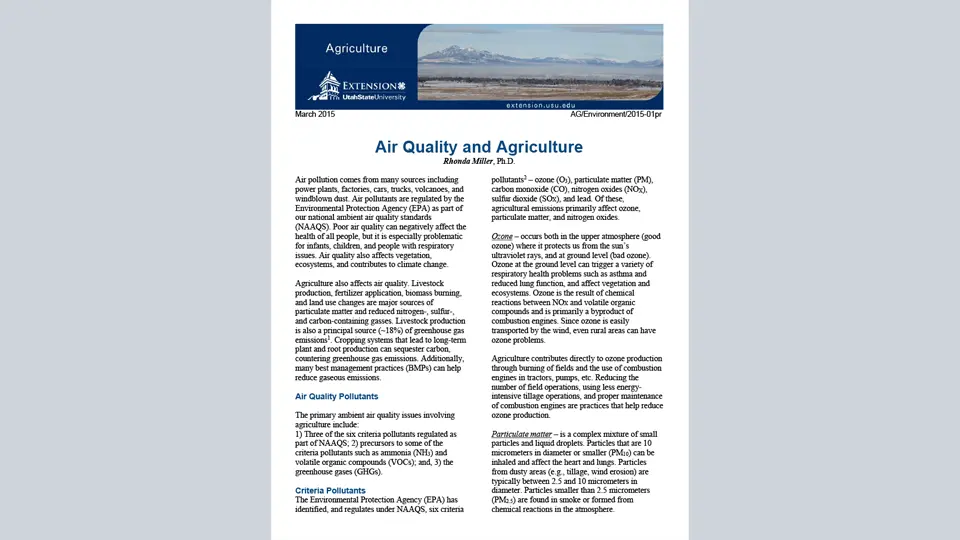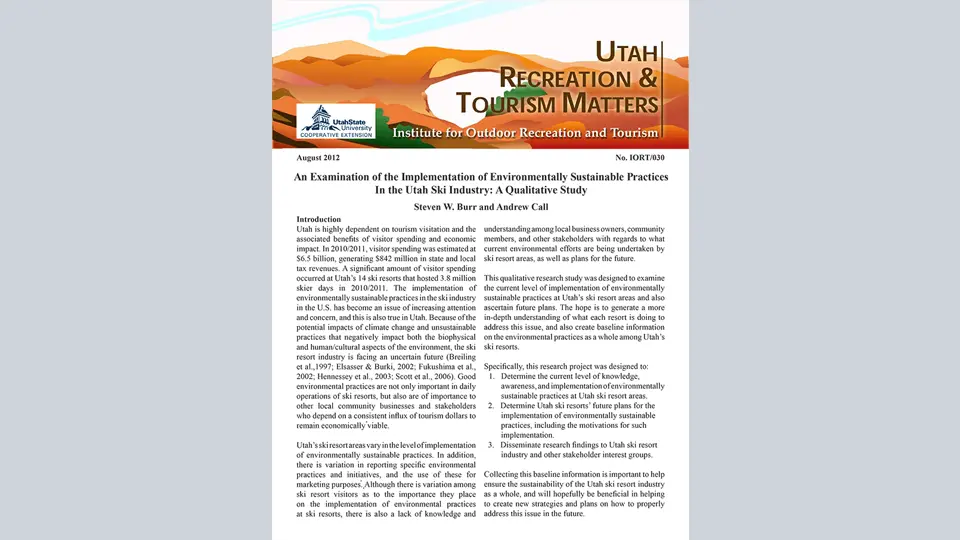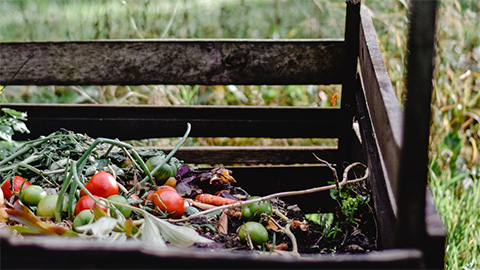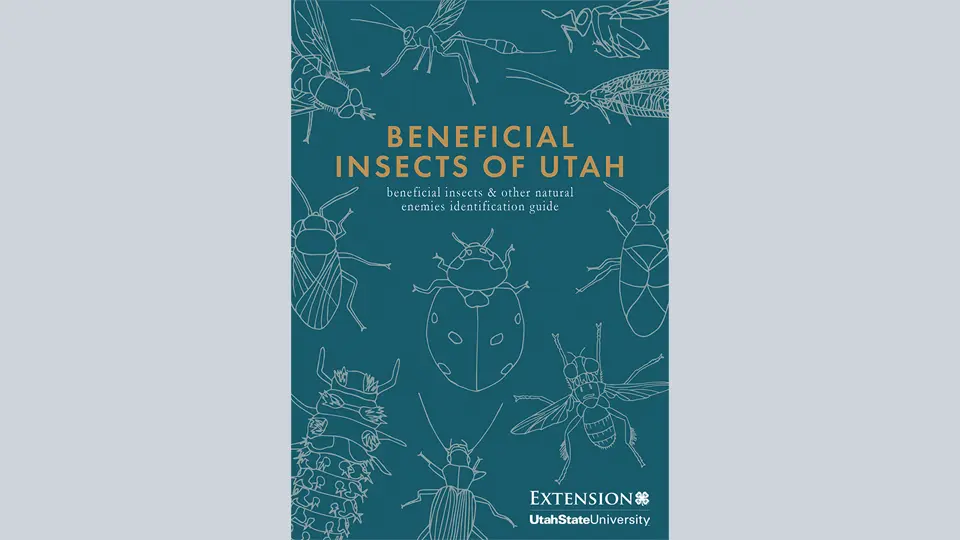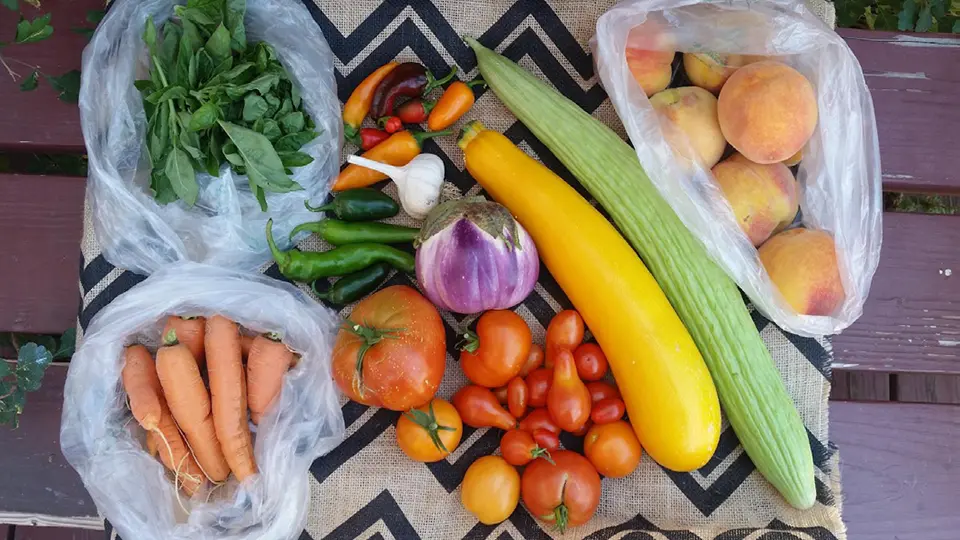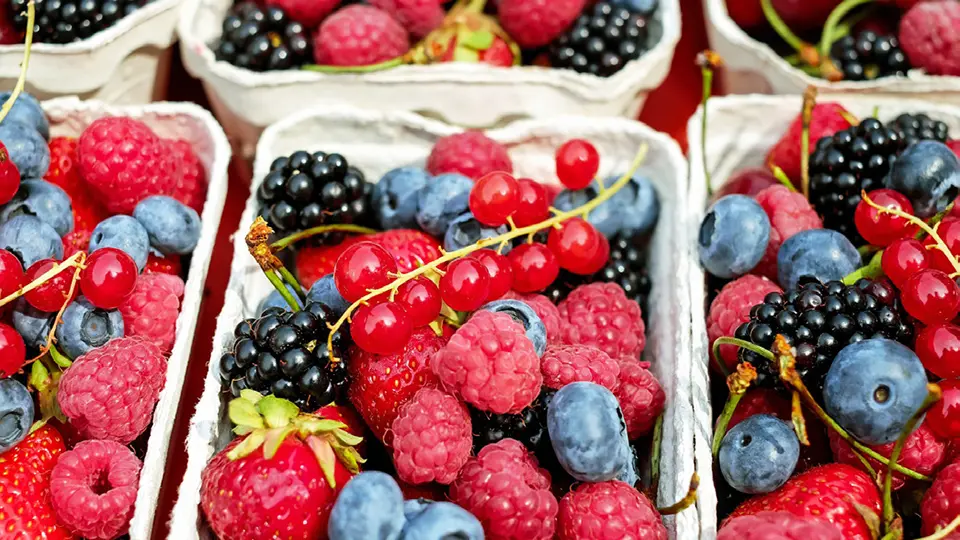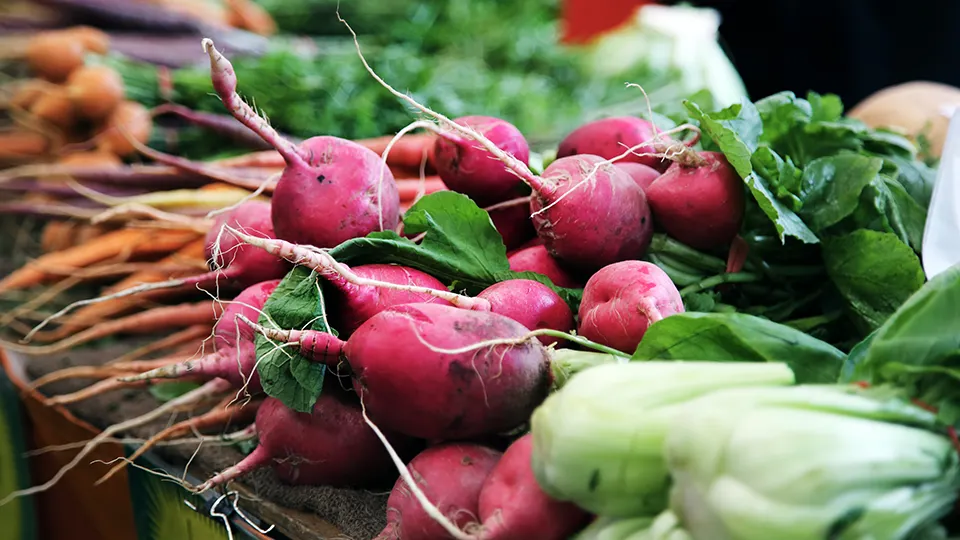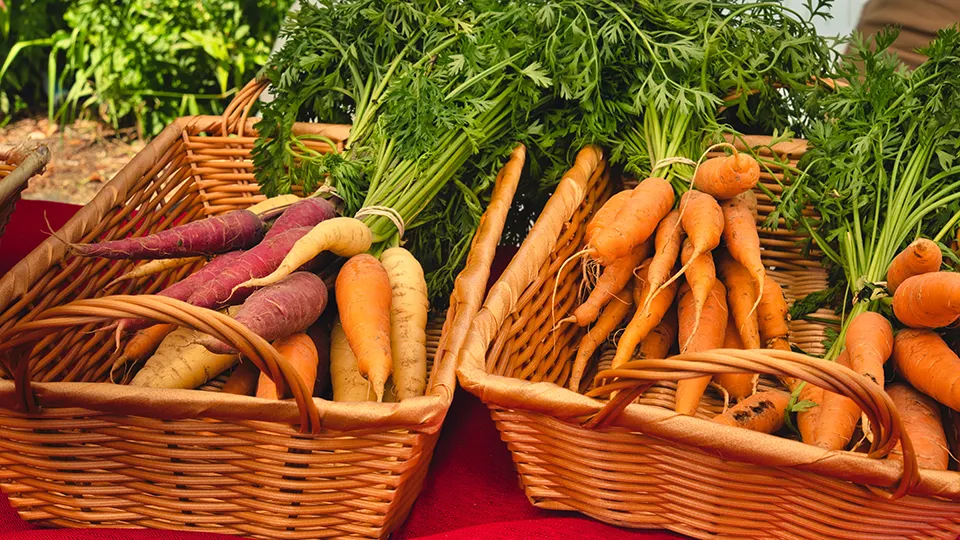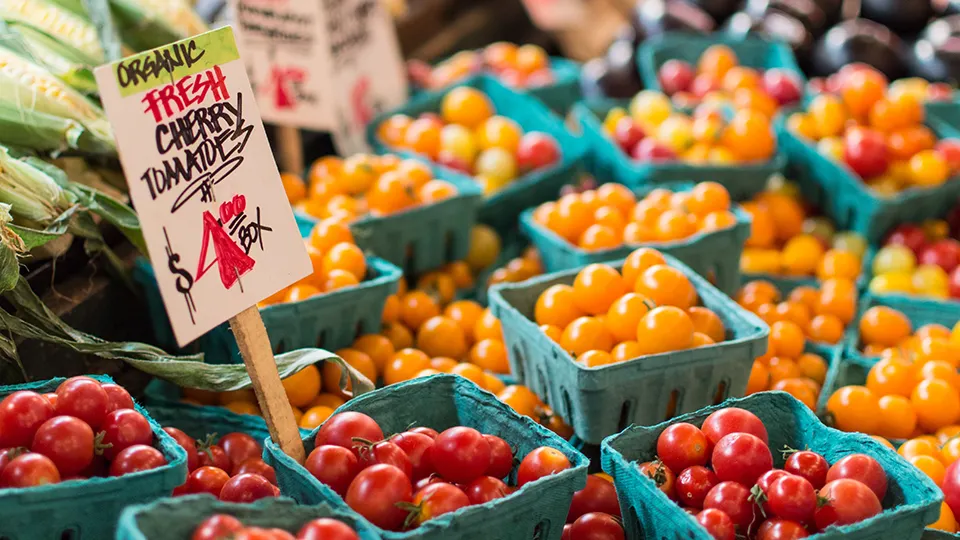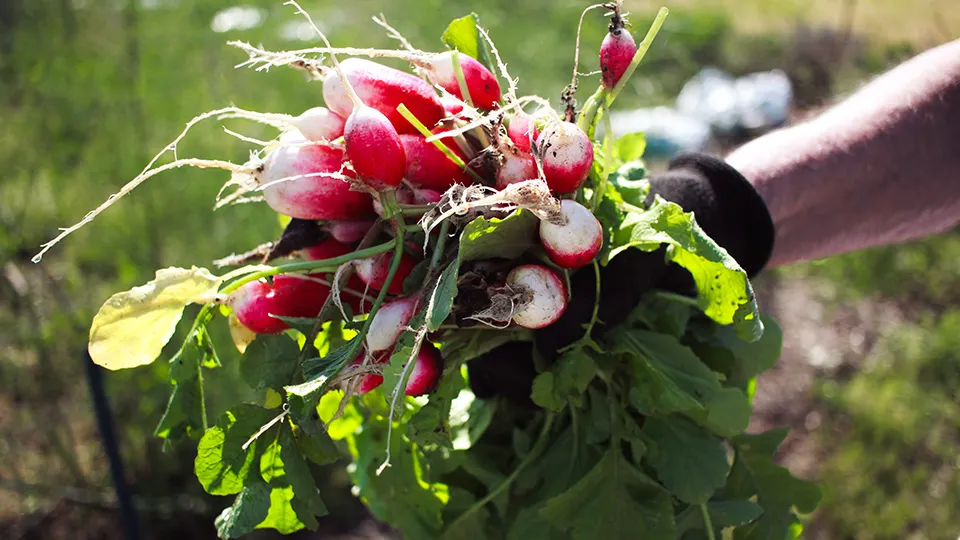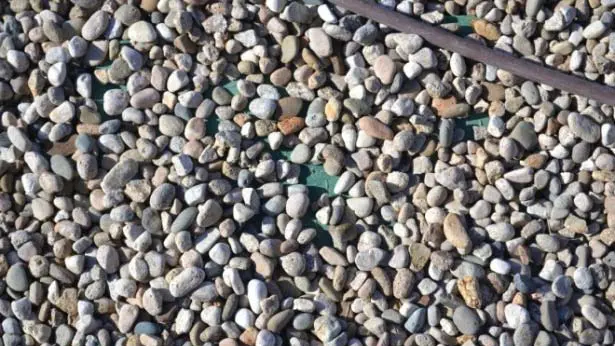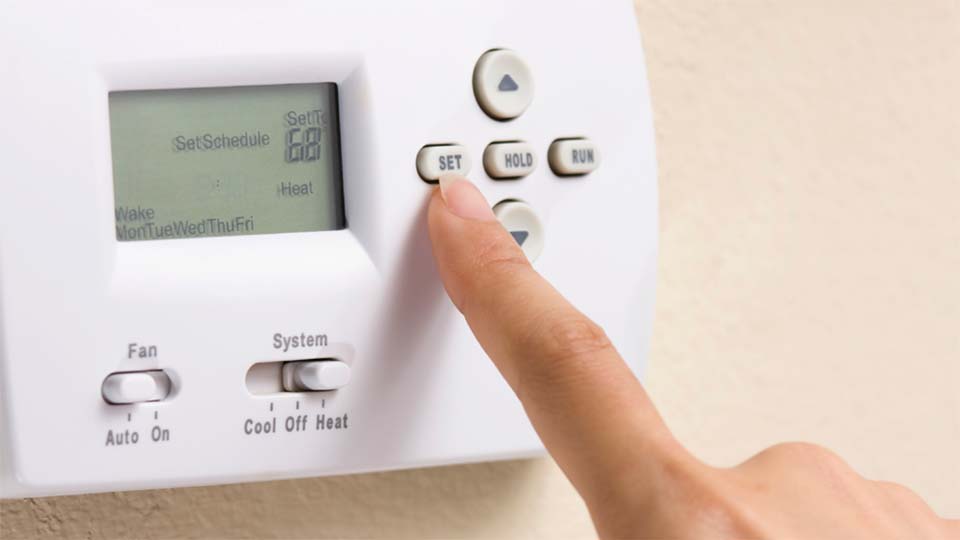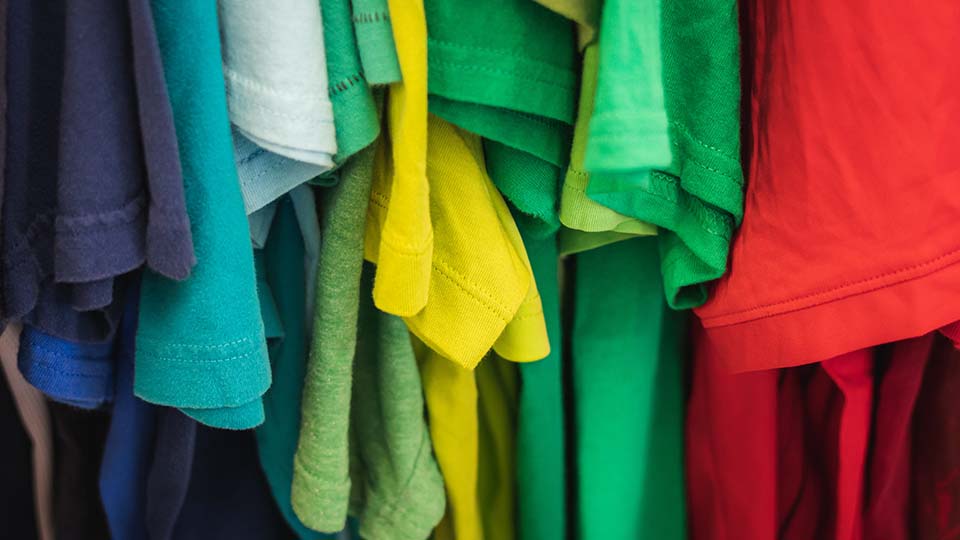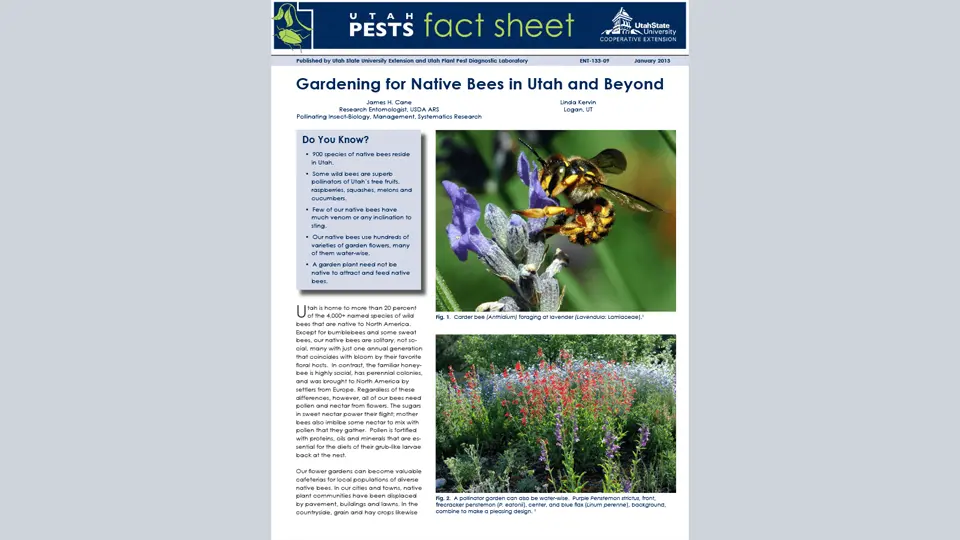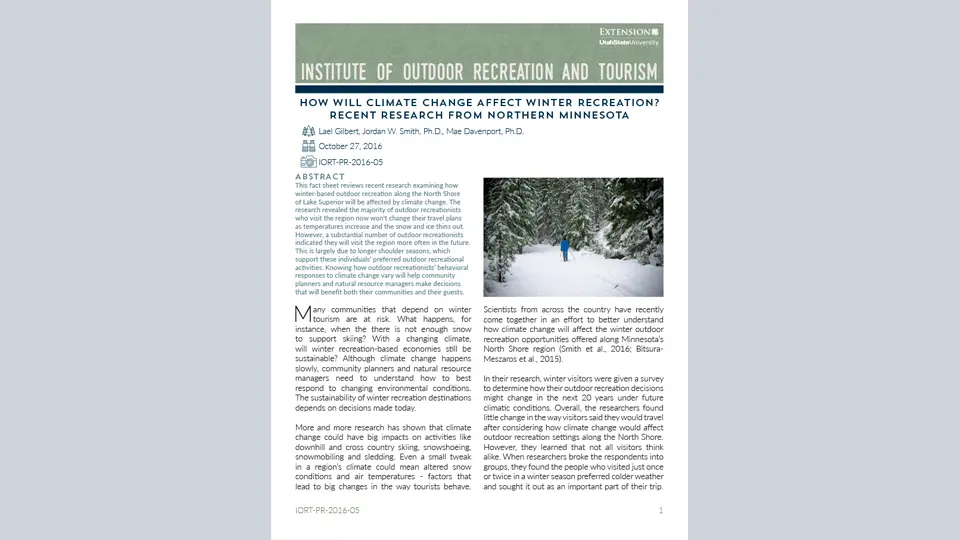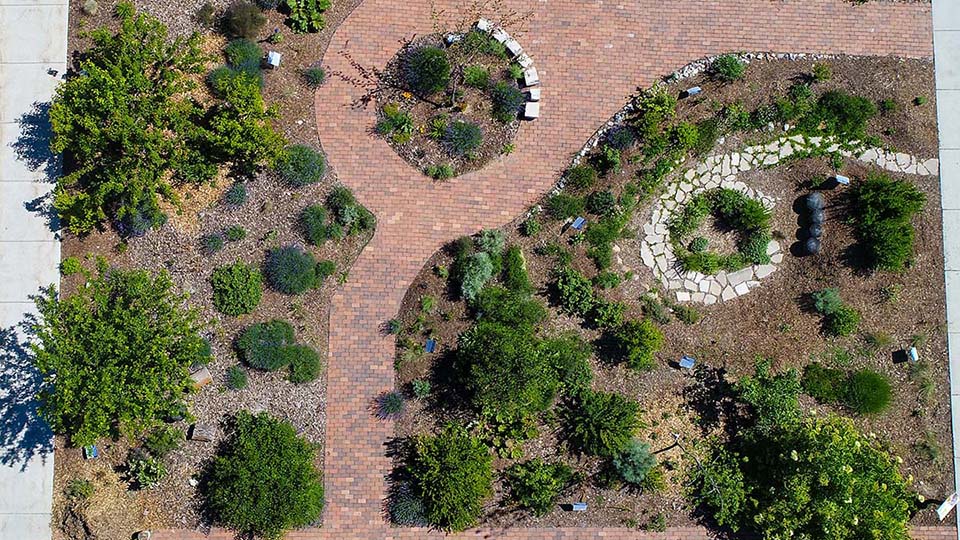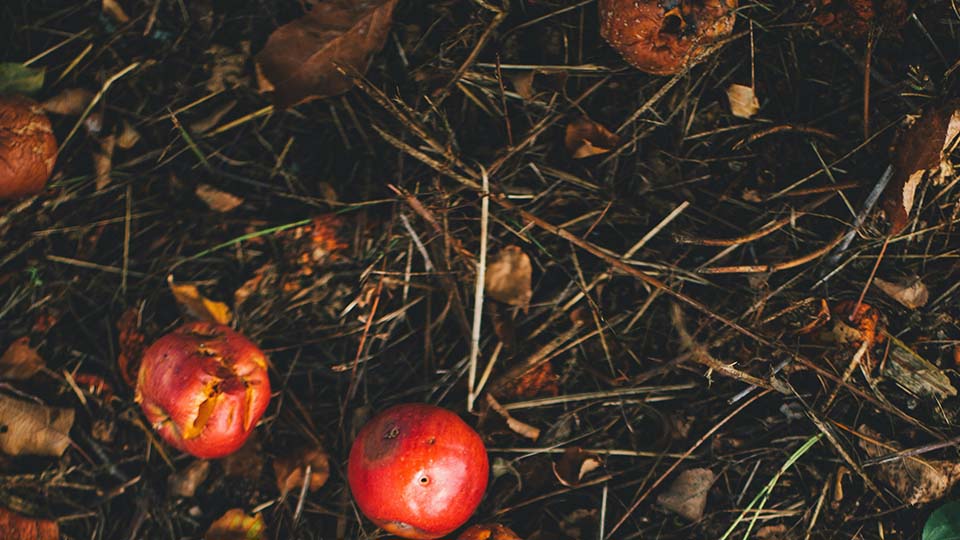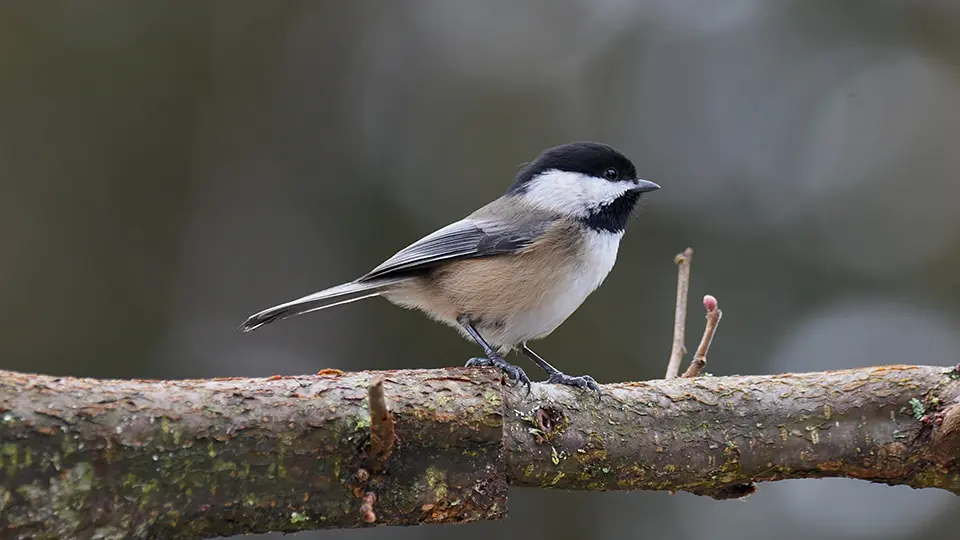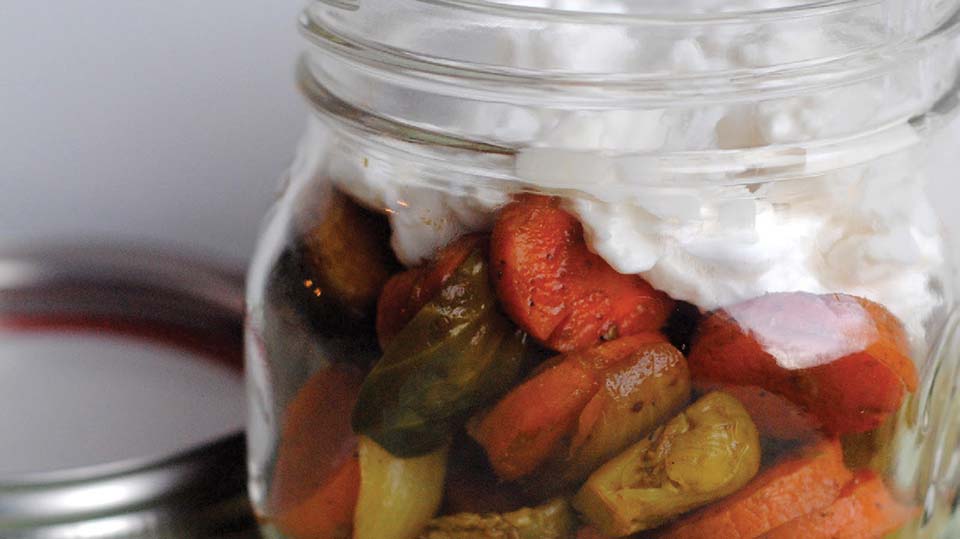Backyard Beekeeping

Did You Know?
- Honeybees produce honey, wax, and royal jelly.
- Honeybees collect pollen and propolis from plants.
- Honey never spoils.4
- Honey can be used for medicinal purposes due to its antibiotic properties.
- Bees are vital to our food system as pollinators.
In an effort to become more sustainable, small-scale backyard operations by private citizens have become increasingly popular. This fact sheet provides a basic guideline for those interested in backyard beekeeping, whether just for the enjoyment of tending the bees, or the reward of the delicious honey produced. With proper care, management, and harvesting, backyard beekeeping can provide health, economic, and environmental benefits.
Why Backyard Beekeeping?
There are several reasons you may want to become a backyard beekeeper.
Economics: Backyard beekeeping may provide some extra income. Each hive may yield approximately $200 worth of honey per year.7
Health: The physical aspect of tending bees and being outdoors is a health advantage. Eating local, fresh honey and pollen provides many health benefits given its antimicrobial, antiviral, antiparasitory, anti-inflammatory, antioxidant, antimutagenic and antitumor effects.8 The propolis, collected by honeybees from tree buds and sap, can be used medicinally due to its antibiotic and antifungal properties. Honey is also an excellent source of energy for athletes.8
Environment: Backyard beekeeping aids in pollination of local fruits, vegetables, and berries, as well as native plants. By becoming a backyard beekeeper, you are instrumental in food mile reduction (the distance food travels from production to consumption). This in turn reduces the use of fossil fuels, emissions, and pollution. Packaging is reduced, which also means less garbage ends up in the landfill.
Colony Collapse Disorder (CCD): CCD occurs when wokerbees abruptly disappear, the leading cause of which remains unclear. Keeping your own healthy colony will aid in the return of bees to urban and suburban areas as vital pollinators.
Before You Get Started
Be sure to research and understand local laws, ordinances, and regulations regarding beekeeping in a residential setting. In some instances, you may have to obtain permits. Depending on where you want to place your hives, it may be wise to check with your neighbors before investing in your beekeeping operation. Some people may be allergic to bee venom and may not want hives nearby.1
It is also important to read bee books, on-line bulletins provided on websites of beekeeping organizations, or whether there are local informational seminars or courses regarding apiculture (beekeeping) in your area. Beekeeping licenses and registration of hives is required in Utah. Information regarding fees and applications can be found on the Utah Department of Agriculture and Food (UDAF) site at ag.utah.gov/licensing.html. In-depth information regarding beekeeping can be found at the USDA Bee Biology and Systematics Laboratory at Utah State University: http://uaes.usu.edu/htm/farms-and-facilities/usda-bee-biology-and-systematics-laboratory/. Most areas also have local clubs where you can share information and ideas, and learn from others’ experiences in apiculture.
The Colony
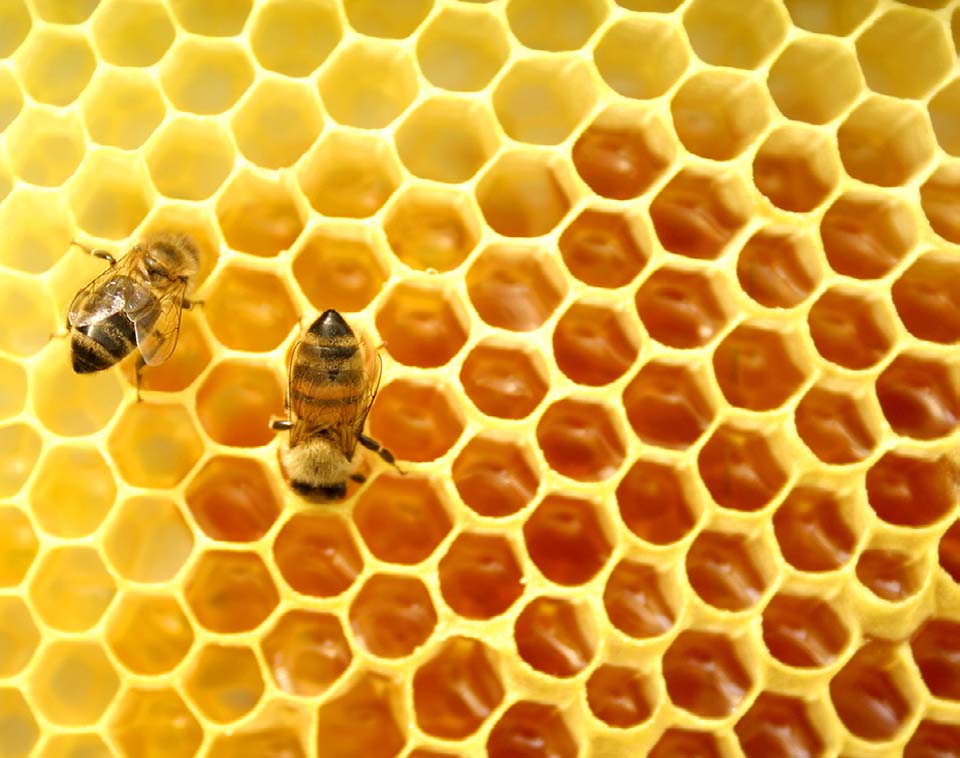
There are three kinds of bees in a colony – the queen, the drone and the worker.3 The queen is the mother of all bees in the hive and her primary job is to lay eggs. The majority of bees in a hive are workers and they perform most of the functions necessary to the health of the colony. These functions include foraging, hive cleaning, brood care, and hive defense. A drone’s only function is to fertilize the queen. Even though there are three kinds of bees, the queen, the drone, and the workers in a hive, the colony functions as a single unit, and the efficiency of the colony relies on these relationships. When one part is threatened, the entire colony reacts.
Basic Beekeeping Equipment
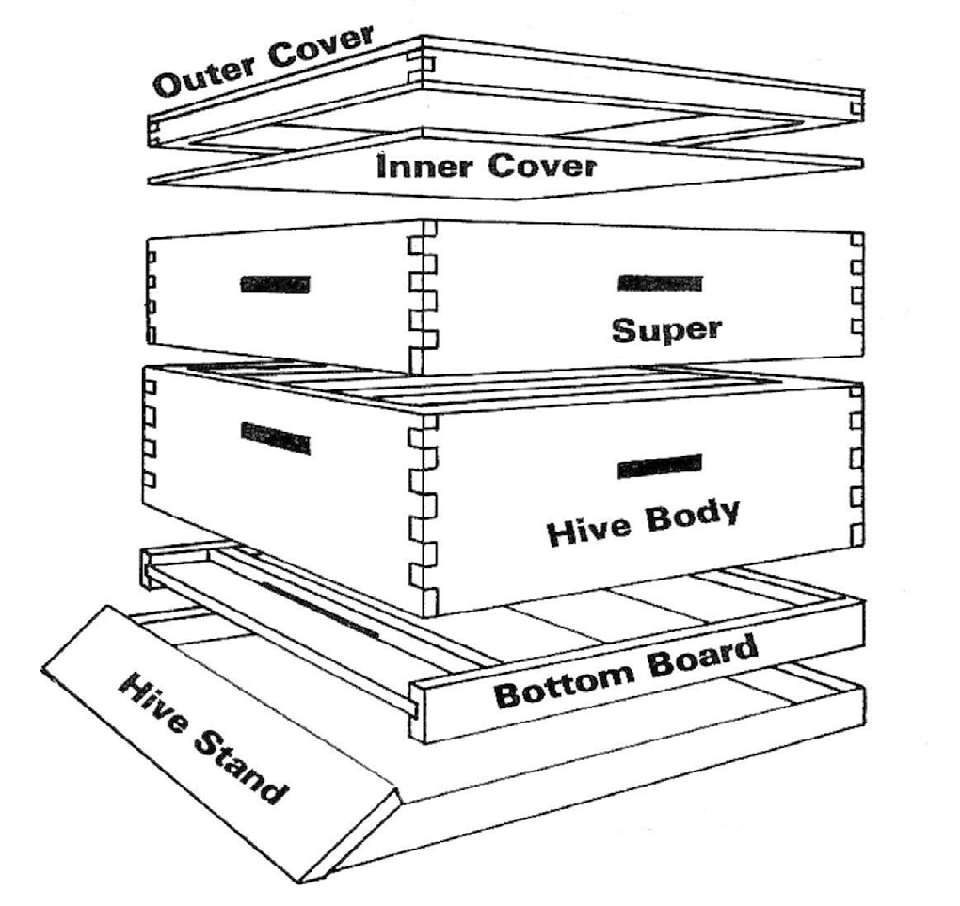
Many beekeeping suppliers offer beginners kits to get you started in your beekeeping venture. These kits include the components necessary including a hive, tools, smoker, beekeepers veil, gloves, and instruction book for a cost of about $200.00.2 The hives are built to replicate the space bees would naturally use. These kits include the basics required to start beekeeping, except the bees. It is also possible to obtain plans and build your own hive, but you must make sure you reproduce the dimensions required to make your hive productive.
Talk with other local honey producers or join a local beekepers association as you get started. Utah State University Extension provides a list of local beekeeping clubs, which have over 700 members in all. Find a club nearest you at http://utahpests.usu.edu/bees/htm/beekeeping-associations-/. Getting to know your local fellow beekeepers can give you a stronger sense of place, relationships, trust, and pride within your community.
Hives should be placed in discrete sites, sheltered from strong winds, where they will receive morning sun and partial afternoon shade. You also want to avoid low areas in your yard where cold, damp air may accumulate in the winter months. Evaluate hive placement critically, making sure that the flight paths of your bees will not cross public areas, such as playgrounds, sidewalks, or other areas that may affect your non-beekeeping neighbors. Fences can provide shelter for the hives from the wind and also may help to raise the flight path so that they are overhead.
It is also advisable to keep a prescription EpiPen (Epinephrine) on-site, especially if there is anyone who may come in contact with your backyard beekeeping that may have an allergic reaction to bee stings. For those not allergic to bee stings, Benadryl and ice are the only sting treatment needed.
The Bees
There are several different strains of bees, with most of the common strains of honeybees being suitable for urban beekeeping. Commonly used commercial breeds of bees available are Italian and Carniolan bees. Other breeds available are Russian and Minnesota hygienic bees, both of which are somewhat mite resistant. Packaged bees may be purchased from several on-line suppliers.5 You may want to get locally raised, disease resistant queens.
Bees will need to be installed in the hives.6 There is considerable information, either on-line or from the supplier to instruct you how to transfer the bees from the package they came in into the hive.
Hive Products
Bees will travel several miles each day gathering nectar and pollinating crops and flowers. This nectar is transformed by a process of breaking down of sugars by enzymes. The product is deposited in the cells of the honeycomb in the hive and thickens with evaporation. Evaporation is aided by the bees fanning their wings to help dehydrate the honey. Once the honey is thick enough, the bees will seal the cell of the honeycomb off with wax.
The harvesting of honey is usually done in the fall. Periodic hive inspections (approximately every 2 weeks) are needed to gauge the progress of honey production to determine precisely when to harvest the honey. These inspections are also vital to examine the bees for diseases and mites.
Different harvest times will yield different tasting honey based on what trees and flowers were in bloom when the honey was produced. Along with the honey produced, you will also have wax that can be cleaned and melted for a variety of uses, such as making candles or conditioning saddles.
Honey Varieties Common to Utah
| Plant | Description | Location |
|---|---|---|
| Clover or alfalfa | Fairly light honey | Agricultural areas |
| Basswood/linden | Light honey with floral taste | Urban/suburban areas |
| Wildflower | Variable in taste | Mountain meadows |
| Fireweed | Light honey | Mountain streams |
Hive Products
Bees will travel several miles each day gathering nectar and pollinating crops and flowers. This nectar is transformed by a process of breaking down of sugars by enzymes. The product is deposited in the cells of the honeycomb in the hive and thickens with evaporation. Evaporation is aided by the bees fanning their wings to help dehydrate the honey. Once the honey is thick enough, the bees will seal the cell of the honeycomb off with wax.
The harvesting of honey is usually done in the fall. Periodic hive inspections (approximately every 2 weeks) are needed to gauge the progress of honey production to determine precisely when to harvest the honey. These inspections are also vital to examine the bees for diseases and mites.
Different harvest times will yield different tasting honey based on what trees and flowers were in bloom when the honey was produced. Along with the honey produced, you will also have wax that can be cleaned and melted for a variety of uses, such as making candles or conditioning saddles.
Honey Handling

References
- Bessin, R.T., & Townsend, L.H.. (1996). Beginning beekeeping for Kentuckians. Retrieved from http://www.ca.uky.edu/entomology/news/ent41.pdf
- Dadant & Sons, Inc. (2013). Beekeeping catalog. Retrieved from http://www.dadant.com/
- Dadant & Sons, Inc. (1992). The Hive and the Honey Bee, (6th ed.). Carthage, IL: Journal Printing Company. 4. Denver Bee. (2008). Denver Bee Keepers Association, Honey Bee Facts. Retrieved from http://www.denverbee.org/honey-bee-facts.html
- Jones Bee Company. (2006). Beekeeping supplies. Salt Lake City, Utah. Retrieved from http://www.jonesbee.com/
- The University of Georgia College of Agricultural and Environmental Sciences, Entomology. (2011). UGA Honey Bee Program: Bees, Beekeeping and Pollination. Retrieved from
- http://www.ent.uga.edu/bees/get-started/equipment.html
- Alberta Agriculture and Rural Development. (2013). Economics of Beekeeping in Alberta. Retrieved from http://www1.agric.gov.ab.ca/$Department/deptdocs.nsf/all/agdex14472/$FILE/821-62.pdf
- Bogdanov, S., Jurendic, T., Sieber, R., & Gallmann, P.(2008). Honey for Nutrition and Health: A Review. Journal of American College Nutrition, 27(6), 677-689.
August 2014
Utah State University Extension
Peer-reviewed fact sheet
Authors
Rachelle Messner, James Strange, & Roslynn Brain
USDA-ARS Pollinating Insect- Biology, Management, & Systematics Research Unit, Department of Environment & Society
Related Research




